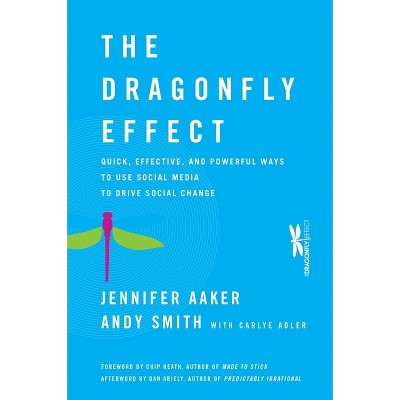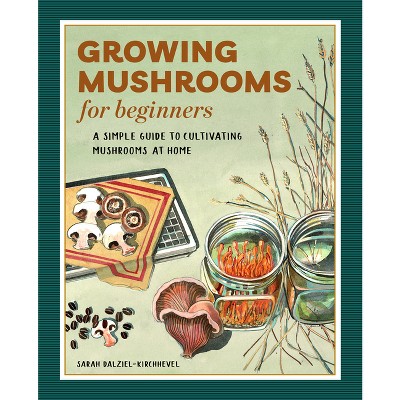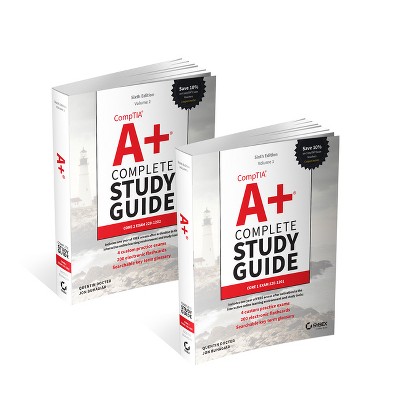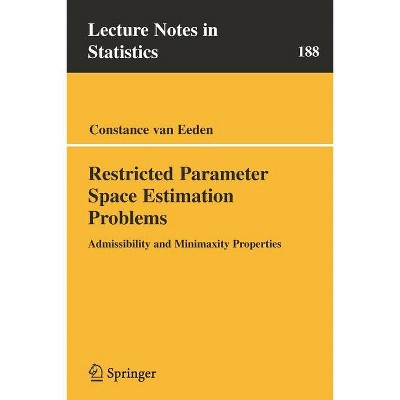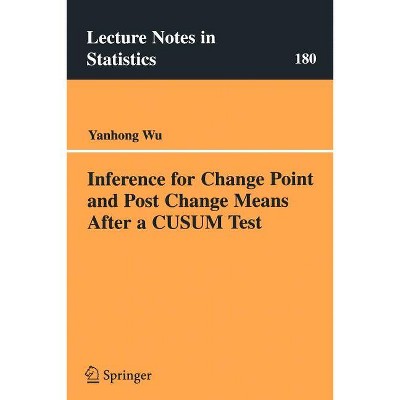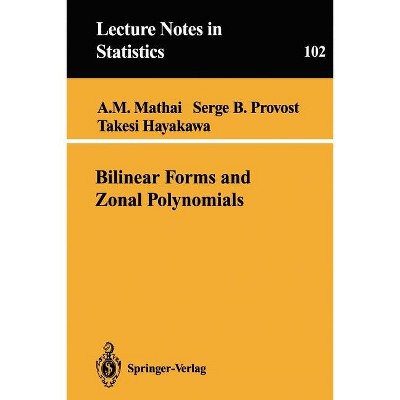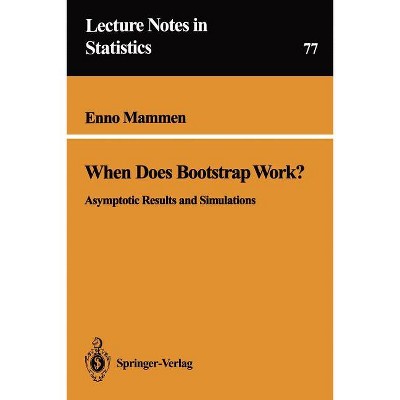Sponsored

Additives for Plastics - (Lecture Notes in Statistics) by Jiri Stepek & Hubert Daoust (Hardcover)
$99.00
In Stock
Eligible for registries and wish lists
Sponsored
About this item
Highlights
- I. Additives Which Modify Physical Properties.
- Author(s): Jiri Stepek & Hubert Daoust
- 256 Pages
- Technology, Chemical & Biochemical
- Series Name: Lecture Notes in Statistics
Description
Book Synopsis
I. Additives Which Modify Physical Properties.- 1 Plasticizers.- 1.1 Thermodynamic Basis of Macromolecular Mixtures.- 1.1.1 Solubility of Polymers in Solvents.- 1.1.2 Flory-Huggins Interaction Parameter.- 1.1.3 Solubility Parameter.- 1.1.4 Phase Separation Phenomena.- 1.2 Reversible Gelation.- 1.3 Theory of Plasticization.- 1.3.1 Effect of Plasticizers on Thermal Mechanical Deformation of Rigid Polymeric Chains.- 1.3.2 Effect of Plasticizers on Tb and Tg Values.- 1.3.3 The Free Volume in Amorphous Polymers.- 1.3.4 Primary and Secondary Plasticizers.- 1.4. Classification of Plasticizers.- 1.4.1 Polar Aromatic and Polar Aliphatic Plasticizers.- 1.4.2 Characteristics of Plasticizers According to Their Chemical Structure.- 1.5. Plasticizer Anomalies and Antiplasticization.- 1.6. Loss of Plasticizers.- References.- 2 Lubricants and Mold-Release Agents.- 2.1 Lubricants.- 2.1.1 Principles of Their Action.- 2.1.2 Classification of PVC Lubricants According to Their Specific Action.- 2.1.3 Classification of PVC Lubricants According to Their Chemical Structure.- 2.1.4 Lubricants for Polyolefins.- 2.1.5 Basic Properties Necessary for Lubricants.- 2.2 Mold-Release Agents.- 2.2.1 Principles of Action.- 2.2.2 Some Examples of Mold-Release Agents.- References.- 3 Macromolecular Modifiers.- 3.1 Introduction.- 3.2 Homogenization of Polymer-Polymer Systems.- 3.3 Two-Phase Microheterogeneous Polymer-Polymer Systems.- 3.3.1 Effect of Glassy Polymer Matrix Phase on Impact Strength.- 3.3.2 Effect of Rubbery Phase Dispersed in Glassy Matrix on Impact Strength.- 3.3.3 Theory on Toughness of Microheterogeneous Two-Phase Polymer-Polymer Blends.- 3.4 Impact Modifiers for Glassy Polymers.- 3.4.1 Chlorinated Polyethylene (CPE).- 3.4.2 Ethylene-(Vinyl Acetate) Copolymers (EVA).- 3.4.3 Acrylic and Methacrylic Elastomers and MBS and ABS Terpolymers.- 3.4.4 Rubbers.- 3.5 Macromolecular Modifiers Used as Polymer Processing Aids.- References.- 4 Reinforcing Fillers, Reinforcing Agents, and Coupling Agents.- 4.1 Fillers.- 4.1.1 General Characteristics of Fillers and Composites.- 4.1.2 Fillers for Thermosetting Resins.- 4.1.3 Fillers for Plastomers.- 4.1.3.1 Polymer Reinforcement Factors.- 4.1.3.2 Classification of Fillers for Plastomers According to Their Reinforcement Activity.- 4.2 Reinforcing Agents for Laminates.- 4.2.1 Effect of Fillers or Reinforcing Agents on Basic Physical Properties of Composites.- 4.3 The Different Types of Fillers and Reinforcing Agents.- 4.3.1 Glass Fillers and Reinforcing Agents.- 4.3.1.1 Glass Fibers.- 4.3.1.2 Glass Microspheres.- 4.3.1.3 Glass Flakes.- 4.3.2 Fillers and Reinforcing Agents Made of Other Materials.- 4.3.2.1 Fibrous and Flaky Fillers and Fibrous Reinforcing Agents.- 4.3.2.2 Whiskers, Microfibers, and Powdered Fillers.- 4.3.3 Effect of Content and Size of Fillers on Composite Properties.- 4.4 Coupling Agents.- 4.4.1 Silane Coupling Agents.- 4.4.1.1 Action Mechanism.- 4.4.2 Organotitanate Coupling Agents.- 4.4.2.1 Action Mechanism.- 4.4.3 Other Types of Coupling Agents.- 4.4.4 Application Modes for Coupling Agents.- 4.4.5 Recommendations on the Use of Fillers and Filling Methods.- References.- 5 Colorants and Brightening Agents.- 5.1 Colorants.- 5.1.1 Inorganic Pigments.- 5.1.2 Organic Pigments.- 5.1.3 Criteria for Selection of Pigments.- 5.2 Brightening Agents.- 5.3 Methods Used for the Coloration of Plastics.- 5.3.1 Some Examples of Methods Used for the Coloration of Most Important Plastics.- References.- 6 Chemical and Physical Blowing Agents.- 6.1 Chemical Blowing Agents.- 6.1.1 Inorganic Agents.- 6.1.2 Organic Agents.- 6.1.2.1 Characteristics.- 6.1.3 Factors Acting on Blowing.- 6.2 Physical Blowing Agents.- References.- 7 Antistatic Agents.- 7.1 Introduction.- 7.2 Efficiency and Mechanism of Antistatic Agent Action.- 7.3 The Use of Antistatic Agents.- 7.3.1 Antistatic Agents Containing Nitrogen.- 7.3.2 Antistatic Agents Containing Phosphorus.- 7.3.3 Antistatic Agents Containing Sulfur.- 7.3.4 Betaine-Type Antist...Dimensions (Overall): 9.61 Inches (H) x 6.69 Inches (W) x .63 Inches (D)
Weight: 1.34 Pounds
Suggested Age: 22 Years and Up
Number of Pages: 256
Genre: Technology
Sub-Genre: Chemical & Biochemical
Series Title: Lecture Notes in Statistics
Publisher: Springer
Format: Hardcover
Author: Jiri Stepek & Hubert Daoust
Language: English
Street Date: April 7, 1983
TCIN: 1006472942
UPC: 9780387907536
Item Number (DPCI): 247-16-1961
Origin: Made in the USA or Imported
If the item details aren’t accurate or complete, we want to know about it.
Shipping details
Estimated ship dimensions: 0.63 inches length x 6.69 inches width x 9.61 inches height
Estimated ship weight: 1.34 pounds
We regret that this item cannot be shipped to PO Boxes.
This item cannot be shipped to the following locations: American Samoa (see also separate entry under AS), Guam (see also separate entry under GU), Northern Mariana Islands, Puerto Rico (see also separate entry under PR), United States Minor Outlying Islands, Virgin Islands, U.S., APO/FPO
Return details
This item can be returned to any Target store or Target.com.
This item must be returned within 90 days of the date it was purchased in store, shipped, delivered by a Shipt shopper, or made ready for pickup.
See the return policy for complete information.
